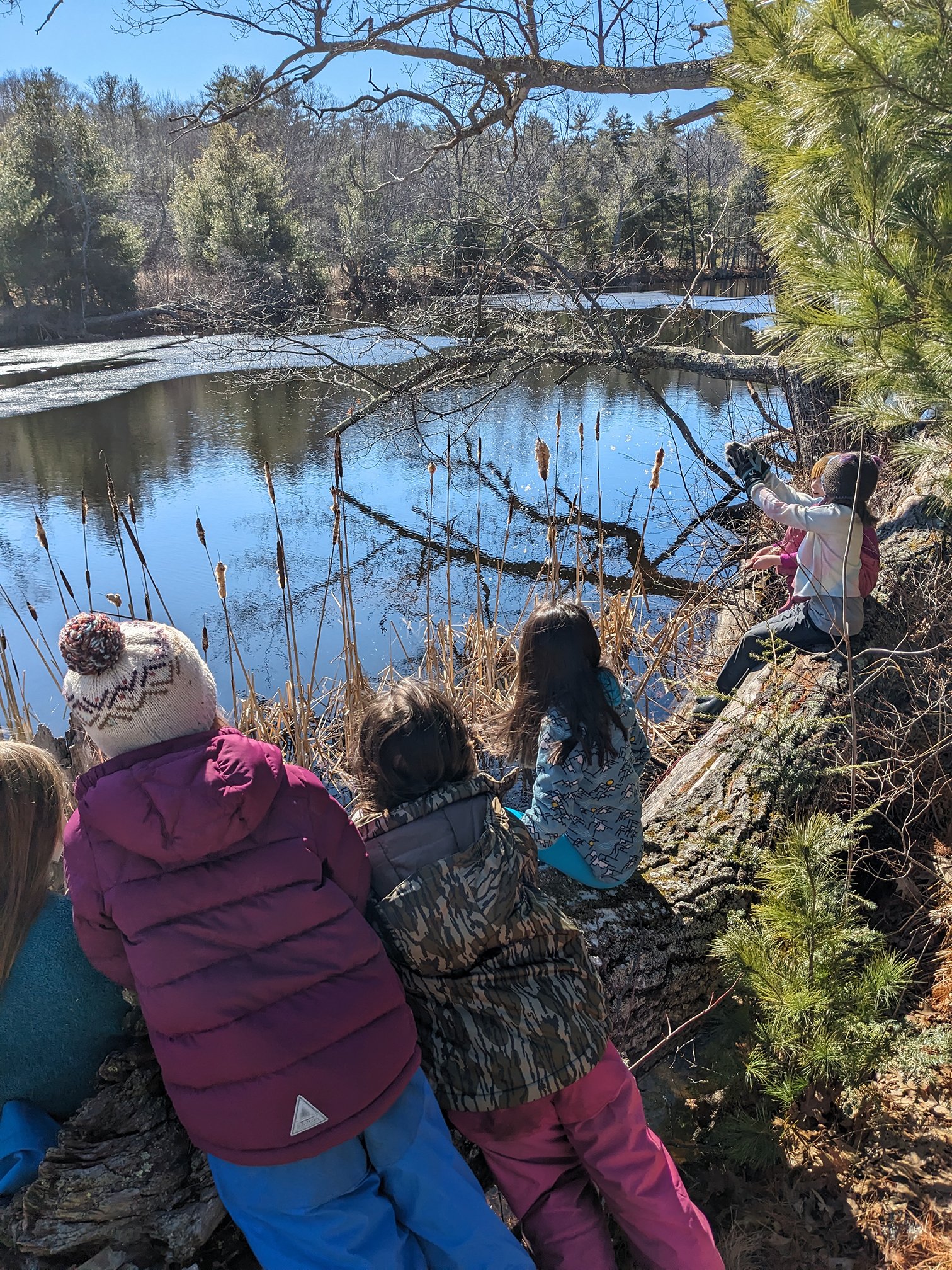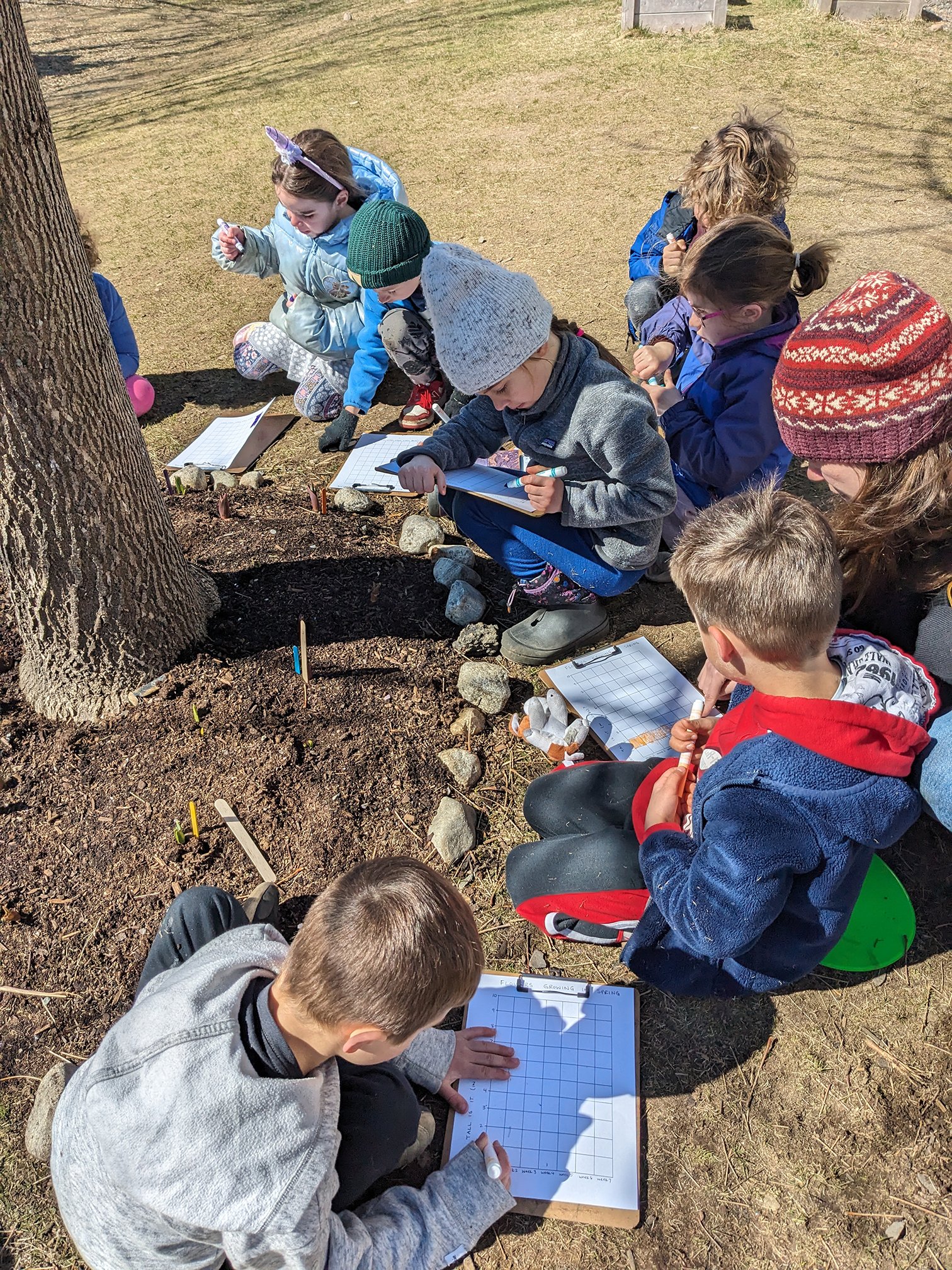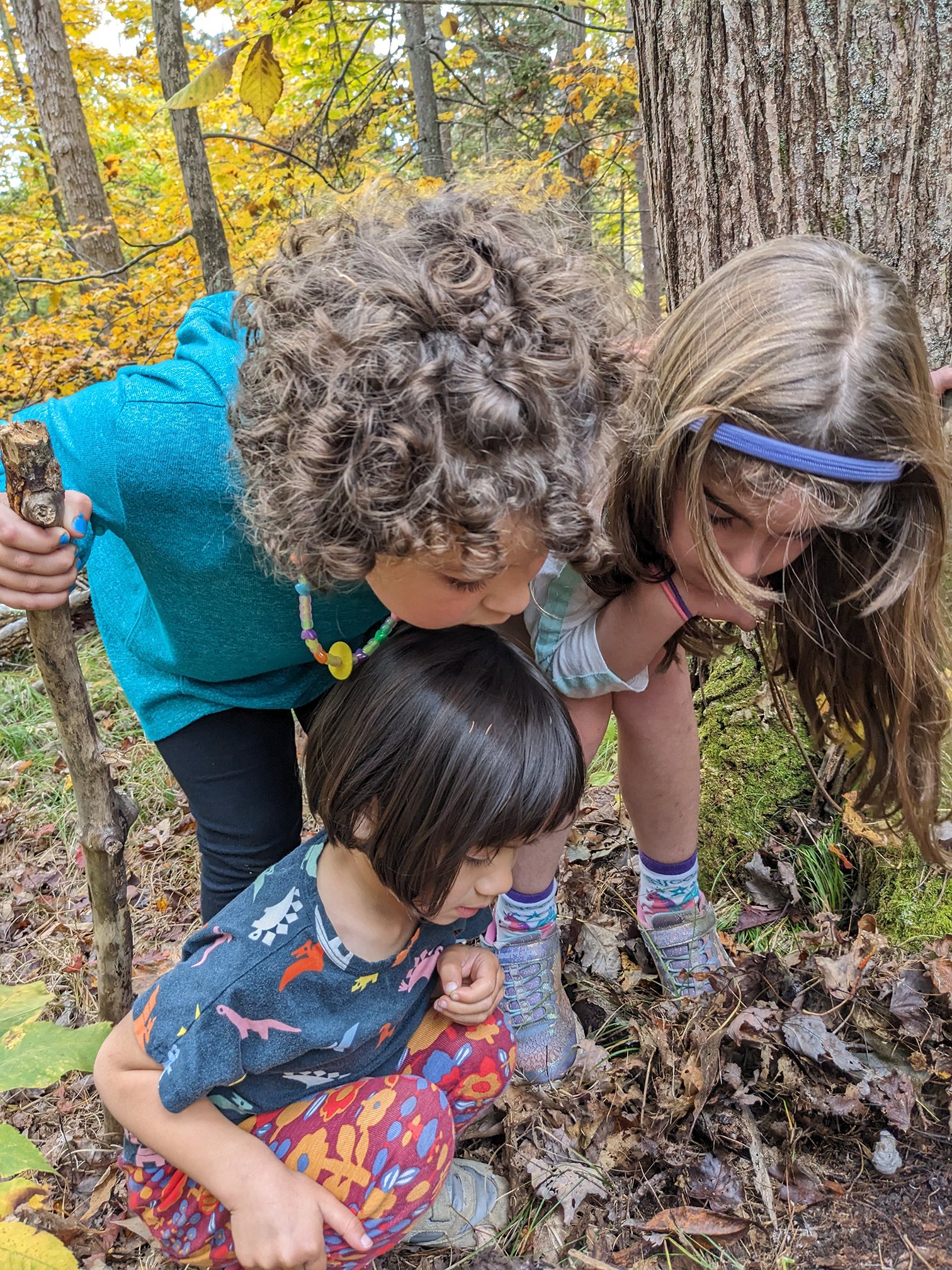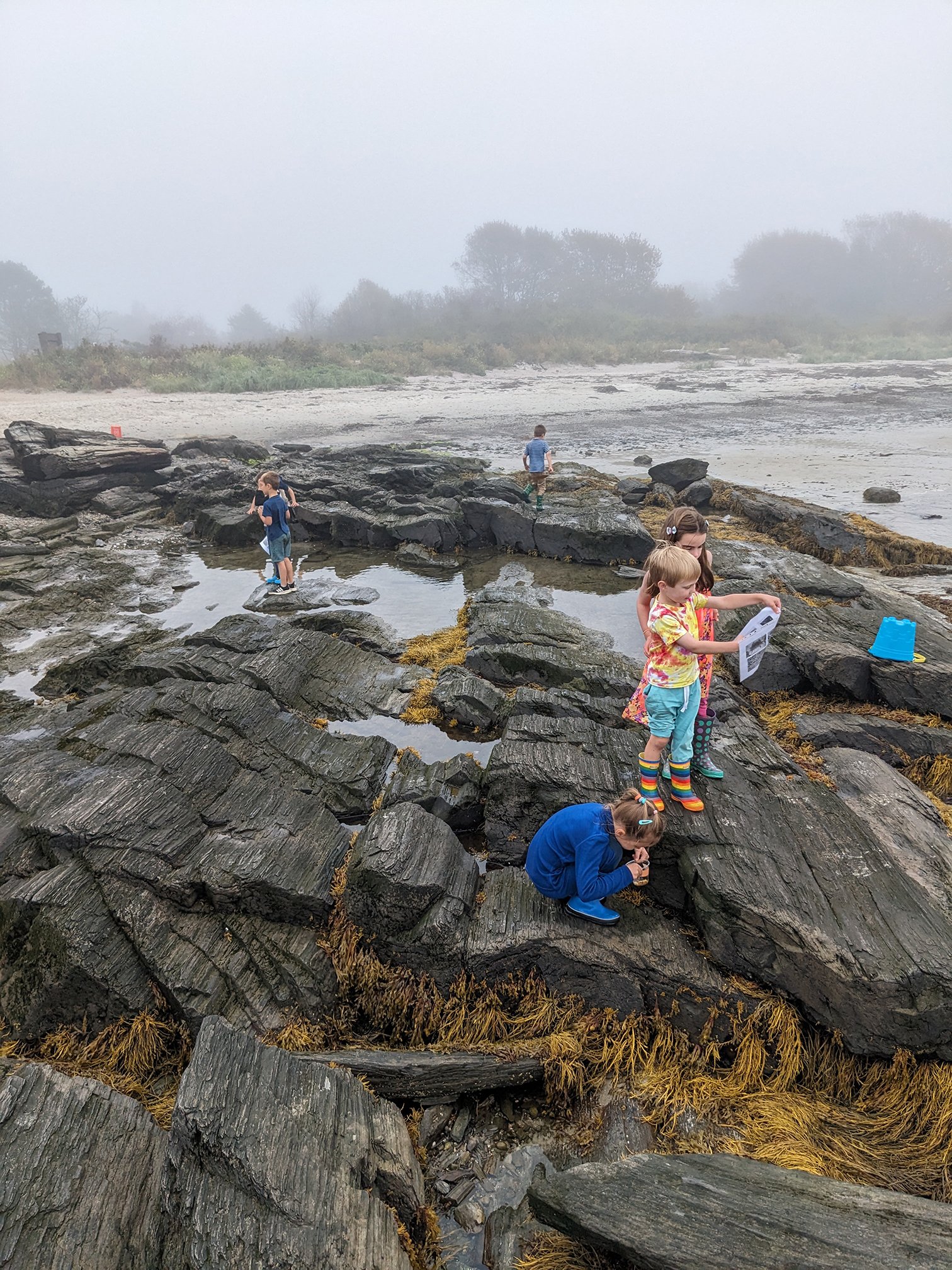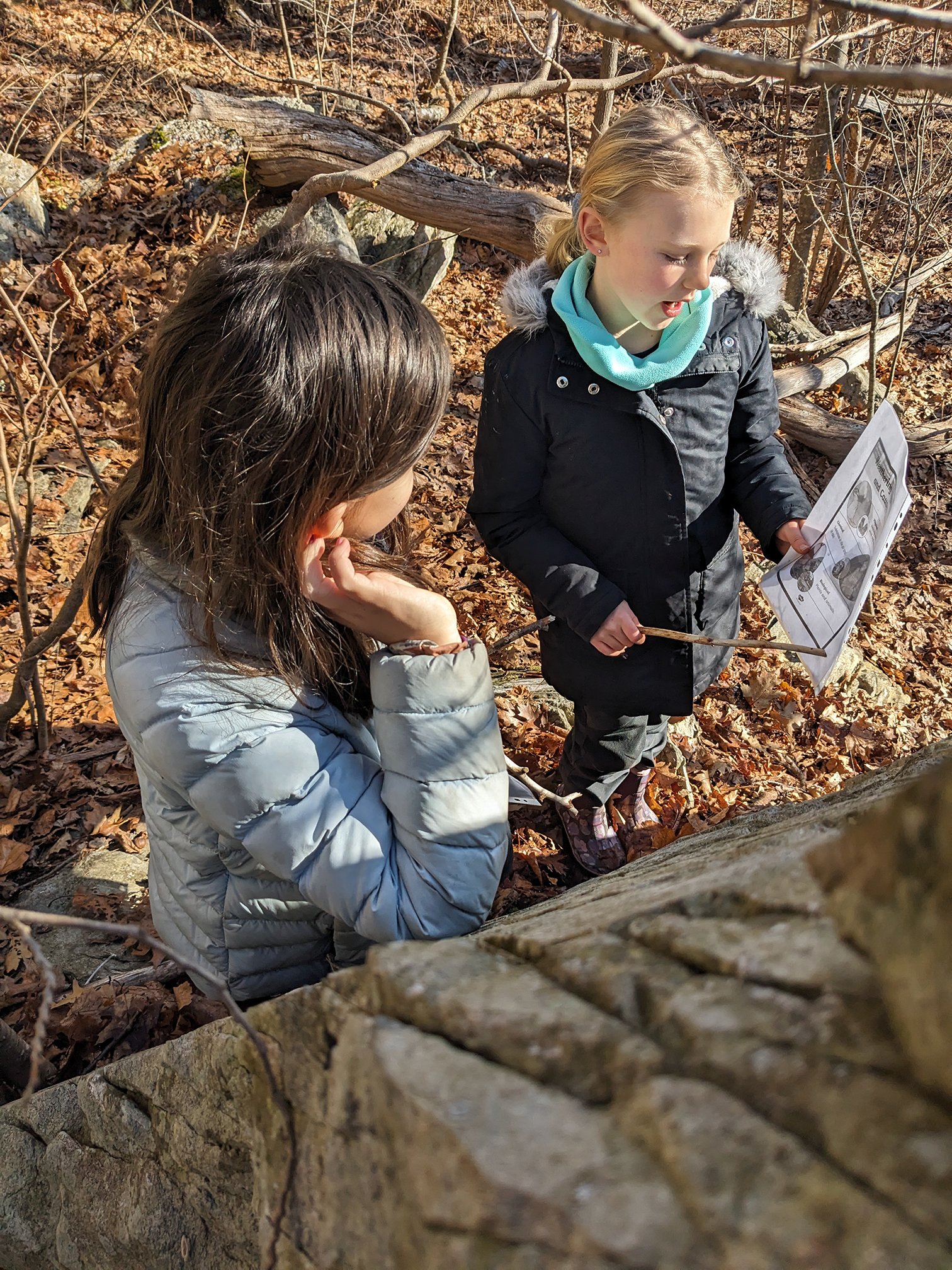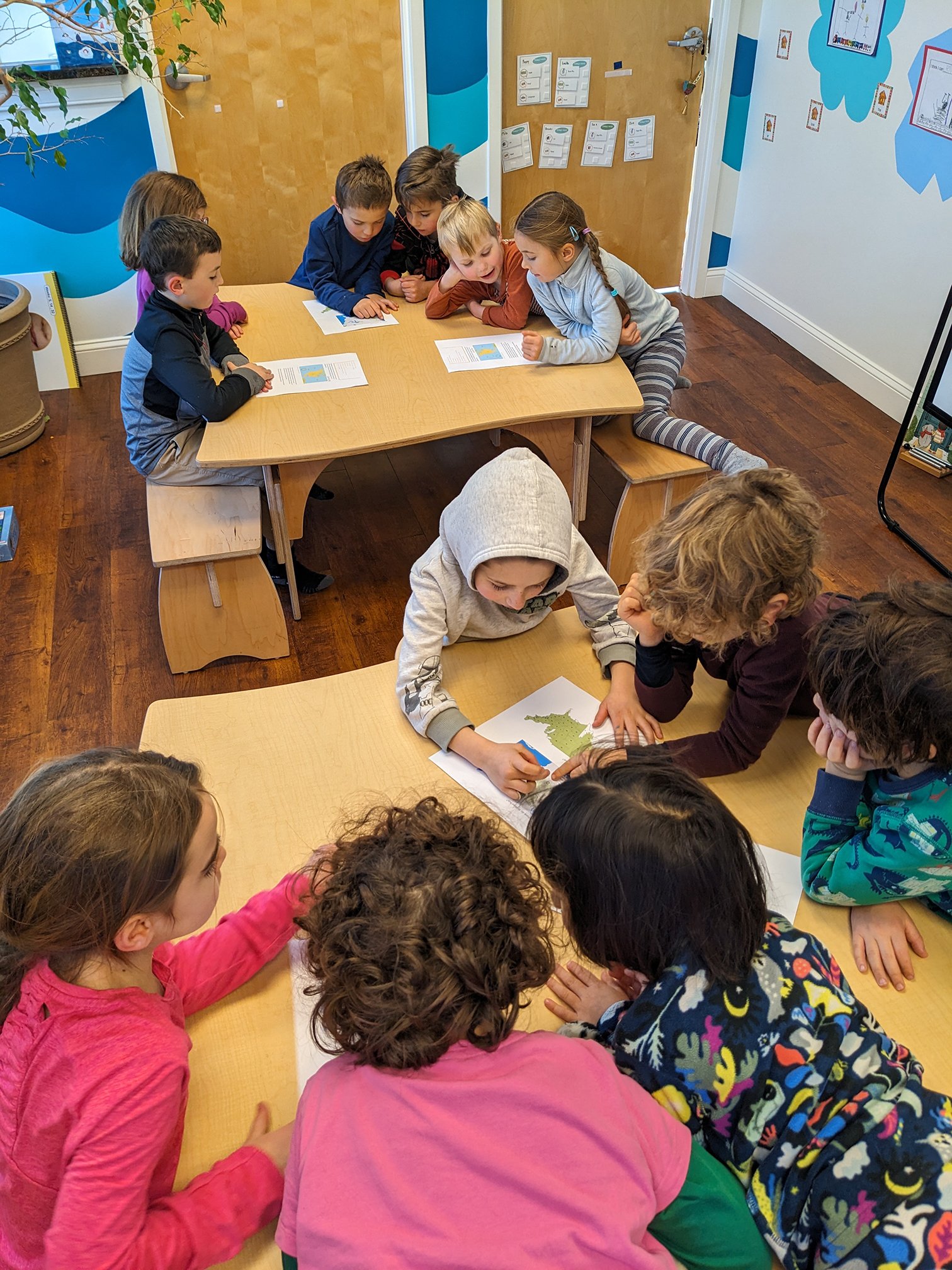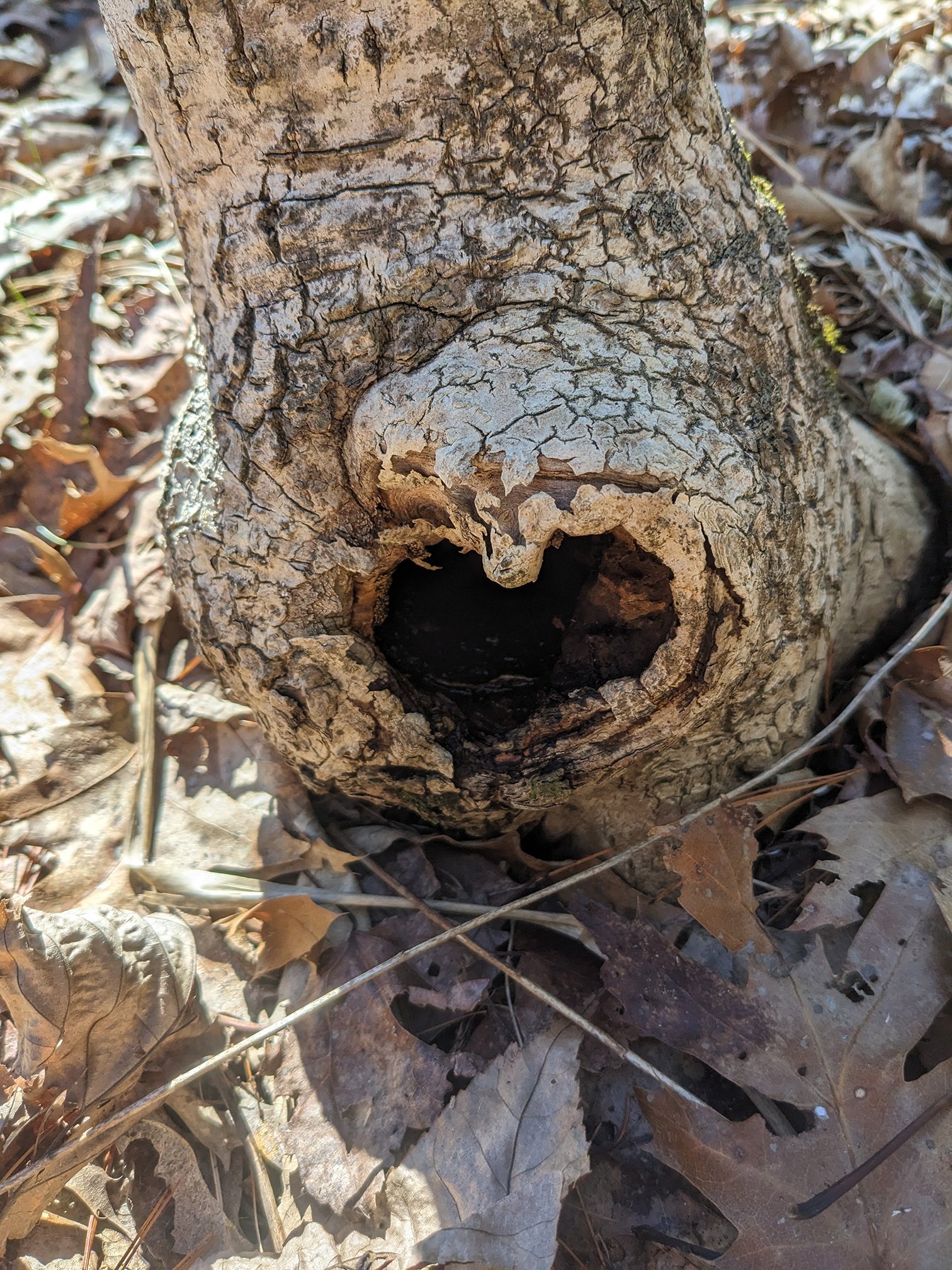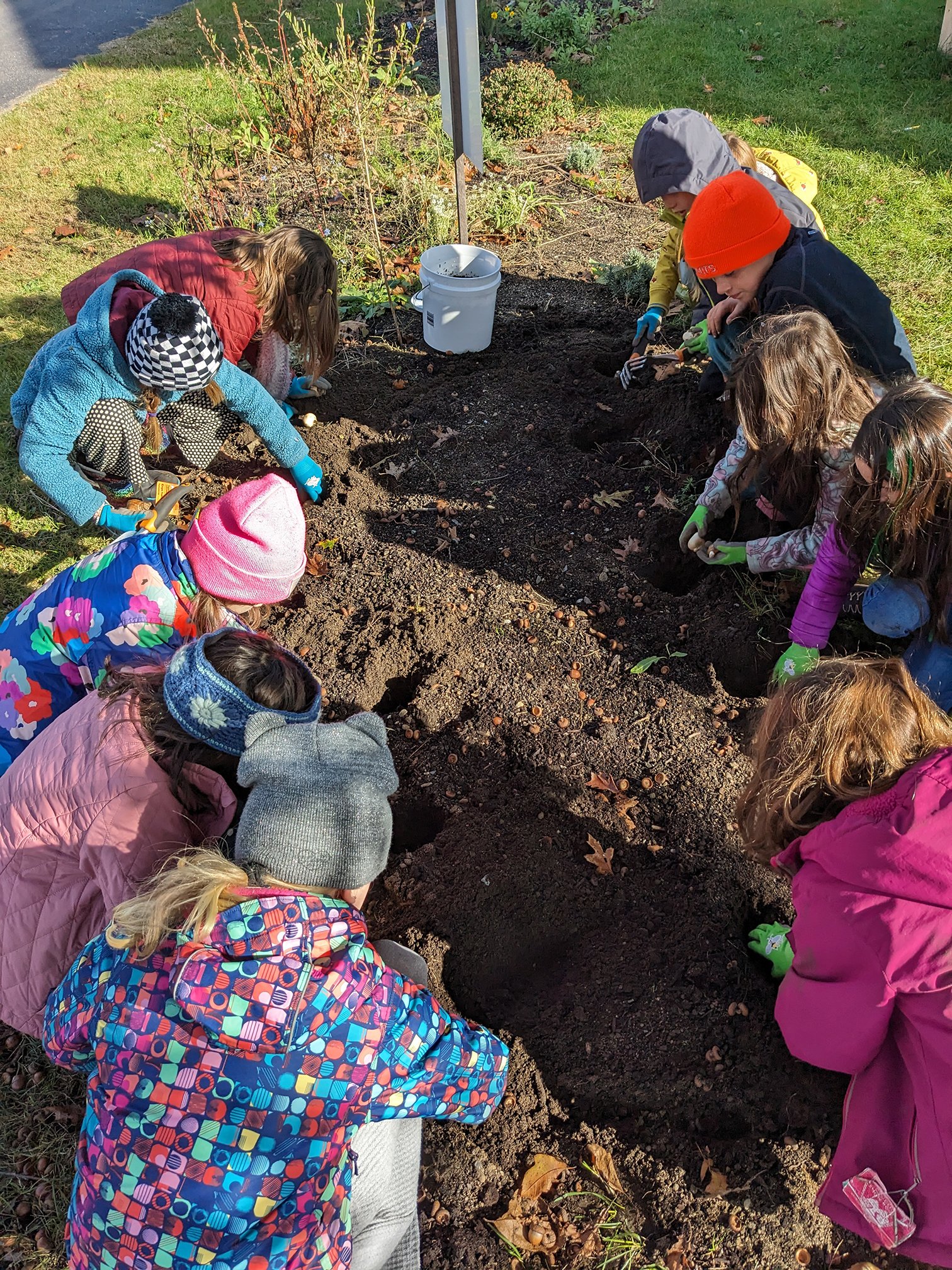Elementary Outdoor Education Program
Drawing inspiration from the Forest Schools of Scandinavia and Northern Europe along with the Reggio Emilia and Montessori principles which inspire our indoor classroom learning we’ve created KIND - an immersive nature based program rooted in place, play, and purpose.
What is Nature-based Learning?
A typical week at Roots includes multiple opportunities for outdoor play daily and at least one to two outdoor lessons per week. Weather permitting, we endeavor to conduct traditional "classroom" activities outdoors to enhance the learning experience.
Our Place-Based Education program guarantees that each child enjoys frequent chances to play, learn, and engage in an outdoor setting. Witnessing scientific concepts firsthand enriches learning experiences and enhances retention. Beyond delivering NGSS-aligned science content, these outdoor activities aid in fostering a deeper relationship between students and their natural surroundings. Over time, the bonds they form with local flora and fauna influence their perceptions of their roles within the wider community.
Our Outdoor Education Daily Rhythm
• Drop off 8:45 (new location each week, all locations within 15 minutes of campus)
• Morning Circle– greeting, share, plan for the day
• Snack and exploration time
• Hike and science learning
• Lunch and free play/exploration
• Group play, team and community building, and time for mindfulness and reflection
• Hike back to pickup spot
• Closing circle and pickup at 2:45
“Passion is lifted from the earth itself by the muddy hands of the young; it travels along grass-stained sleeves to the heart. If we are going to save environmentalism and the environment, we must also save an endangered indicator species: the child in nature.”
— Richard Louv, Last Child in the Woods: Saving Our Children from Nature-Deficit Disorder

PLACE BASED
Place-based education invites our students to take part in the world immediately around them. It focuses on local culture, landscapes, and experiences as a foundation to higher academic learning. By focusing on their “home town” our students create a deeper more meaningful connection with nature, producing individuals who respect, care for, and appreciate the world around them for years to come.
PLAY INSPIRED
Allowing our students the freedom to explore and play on their own terms means more opportunities for learning and engagement! By incorporating play-based instruction and experiential learning we give space for our students to take the lead. This style of teaching allows students to focus on what interests them and provides teachers with the opportunity to explore and expand on a topic within a group of children eager to learn and ready to listen.
NATURE IMMERSION
While we love our Learning Lab, we feel most at home in Nature! Whether it be measuring stumps to see which is taller, or matching the bark of one tree to another, learning is naturally interwoven. Our students experience nature to its fullest by jumping in puddles and experiencing cause and effect. Using magnifying glasses to spot the tiniest of mushrooms on our lovely oak trees. Being able to spot migrating birds and name them on their own. Using a compass and following trail markers are just a few of the many invitations your child will receive during our time together.
You may be wondering…
-
Our weekly meetups will occur within a 10 mile radius of our 2 Scott Dyer Rd. location. For the purposes of this group we consider Roots Learning Studio to be our "base camp".
-
Site selection depends on the topics we are learning about as well as seasonal changes and weather. Every Monday, our Assistant Director hikes through several locations and selects a spot that best fits our needs and goals for that week. When we were learning about weathering and erosion, we visited crescent beach state park, and later on, kettle cove, to observe the ways in which historic high tides had changed those landscapes. When learning about how animals adapt and survive in Maine in the winter time, I selected a location with chipmunk holes and squirrel middens. Visiting the site ahead of time also helps our Educators to anticipate what might interest and engage the students, or capture their imaginations. When the location is chosen with intention, the teaching and learning happens naturally as children explore the space.
-
Our curriculum combines NGSS at the appropriate grade levels with seasonally relevant topics that allow students to connect to the natural spaces around them at a given time of year. Our Kindergarten curriculum focuses on building a foundation for further inquiry– we learn and practice how to use our 5 senses to stop, notice, and wonder about what is around us. Alongside basic observational skills, students follow the seasons to learn about plants, maine animals, decomposers, water, and weather.
Curriculum in the older grades will loop every few years to accommodate our mixed age classrooms. Last year, our Woodlands class focused on plants. This year, they are primarily investigating abiotic, or nonliving parts of an ecosystem, as well as changes they cause over time. Next year, we will focus on animals, nutrition, and body systems. As we add another grade level next year, we will be able to incorporate more coastal and marine education into our curriculum as well.
While some physical science standards are also explored outside, we have additional engineering centered programming that happens on the Roots campus.
-
The simple practice of noticing and wondering helps students develop as scientists, but it also teaches them a routine of slowing down and being present in a place. A focus on the senses, and what we can observe with each of them, also brings students into the present moment. As with all of our programming, we frequently use calming breaths and simple group activities to help us stay feeling connected, calm and engaged in our bodies throughout the day.
As students get older and build their comfort with being outdoors, we begin a practice of silent sit spots in a natural setting. Almost every outdoor day includes spending some reflective time both alone, with a partner, and in the whole group.
-
Creating authentic opportunities for walking, climbing, running, and lifting is an important part of our time outdoors. Our Educators work hard during our days in the field to continually notice (there’s that word again!) and adjust to the energy of the group and the needs of the individual student in the context of the physical space. While there is ample time for movement and being outdoors for a full day provides a sensory rich experience, big body play isn’t our sole focus
-
We're working on it! Our dream is to have a van dedicated to exploration with our students. This will enable us a bit more spontaneity, and hopefully make programming even more accessible by easing the burden of drop off and pick up in different locations.
-
As much as possible! In the event of soaking rain or extreme wind / cold we will have the option to spend the day inside at basecamp. In the event of difficult driving conditions, we will follow our local school district for closure decisions.
-
Yes! While we are subject to current health and safety protocols that may limit parent involvement in our outings, it is our goal to include regular volunteer opportunities, and opportunities for parents and community members to share skills, interests, and time with our Learners.


